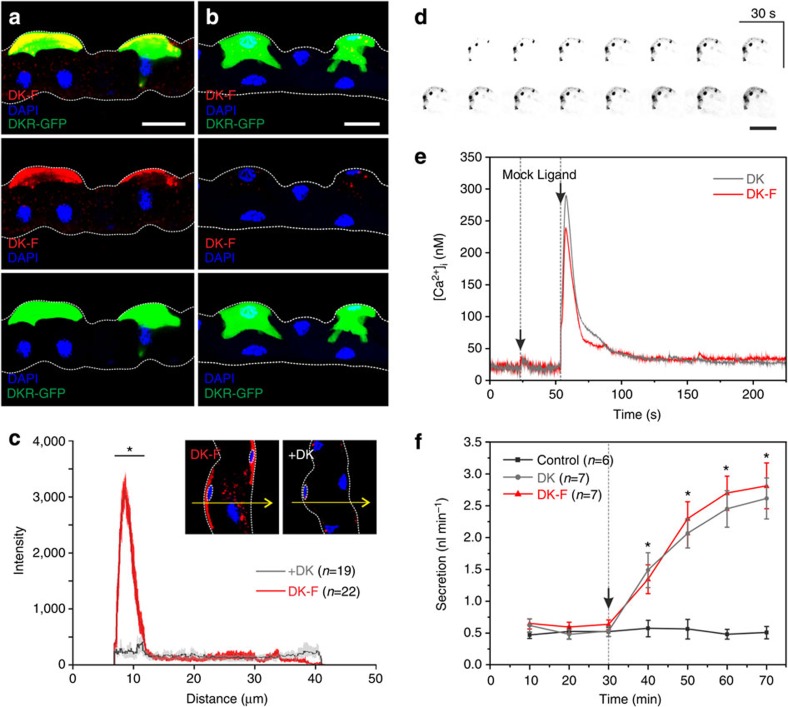Figure 2. Fluorophore-labelled Drosophila kinin reports receptor localization in renal (Malpighian) tubules of Drosophila.
(a) Application of DK-F (10−7 M) to tubules in which SCs are marked by DKR-GFP48 confirmed that the peptide co-localizes with DKRs on SCs. (b) Competitive inhibition with DK (10−5 M) almost fully abolished the fluorescent signal. (a,b) Maximum projections of confocal z-series. Scale bar, 25 μm. (c) Kinetic inhibition significantly reduced (*P<0.05, unpaired, two-sample t-test) the fluorescent intensity in SCs. The average intensity profile±s.e.m. of n=22 SCs from DK-F treatments showed a distinct peak for the basolateral membrane of SCs, which was not present in the average intensity profile±s.e.m. of n=19 SCs from+DK treatments. Arrows exemplify the x-y position of intensity traces made through optical sections (thickness: 10 μm) of individual SCs, as identified by smaller nuclei (stippled circle). (d) Time-lapse sequence of an individual SC from wild-type (Canton S) tubules following application of DK-F (10−7 M). Kinin binding can be visualized almost immediately, but increases in intensity over time as the receptor population becomes saturated and the peptide becomes internalized. Putative receptor ‘hotspots' are visible as punctae. Images are grey scaled and inverse coloured to increase signal clarity. Scale bar, 25 μm. (e) DK-F and DK stimulated calcium release following peptide application, indicates that the biological activity of DK is unaffected by fluorophore labelling, as evidenced by a very similar biphasic response. Black arrows indicate time of injection with either Schneider's medium (mock) or peptide (ligand). The traces shown are representative of n=3 separate experiments. (f) DK-F and DK significantly stimulate (*P<0.05, paired-samples t-test) fluid secretion rates compared with basal conditions in MTs (n=6–7) of Drosophila. Black arrow indicates time of peptide application. Values are expressed as mean±s.e.m.

